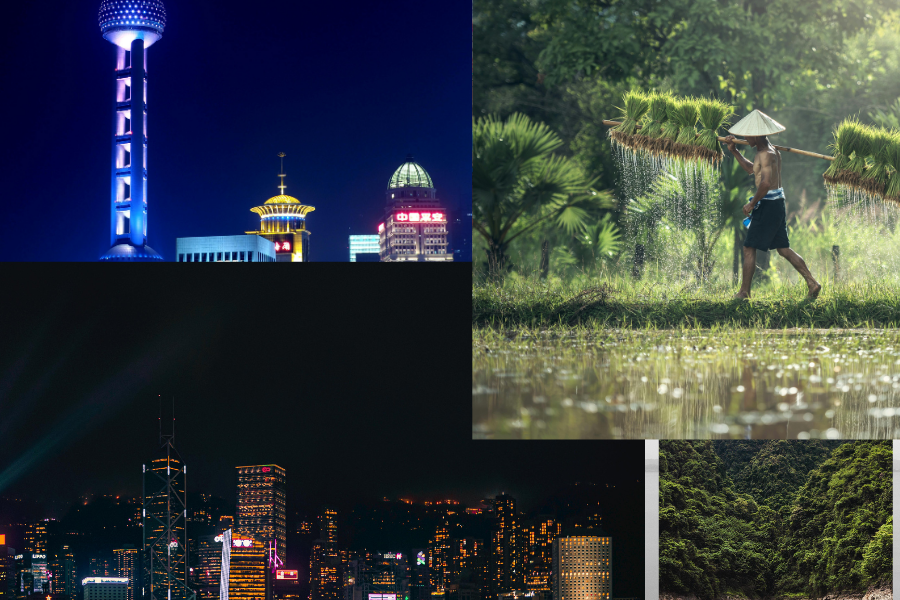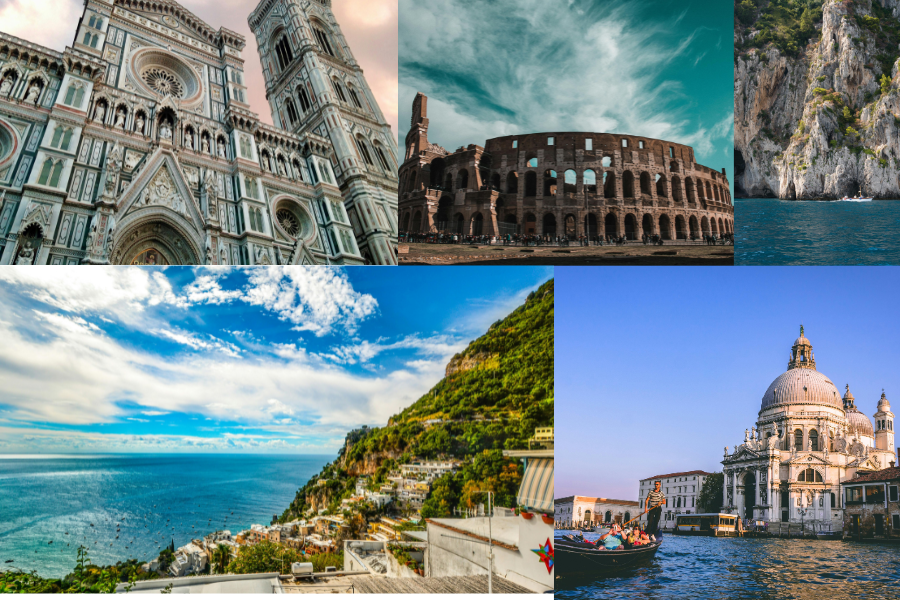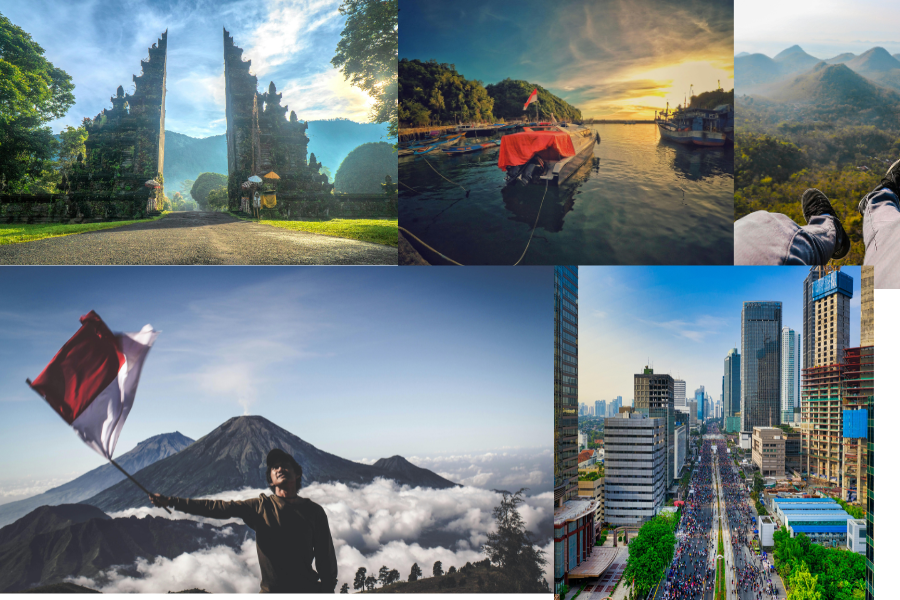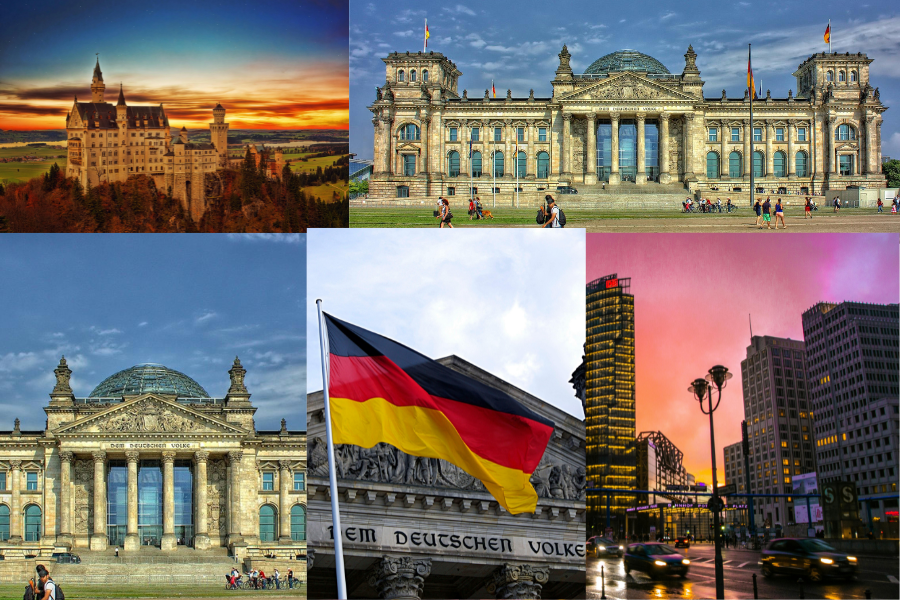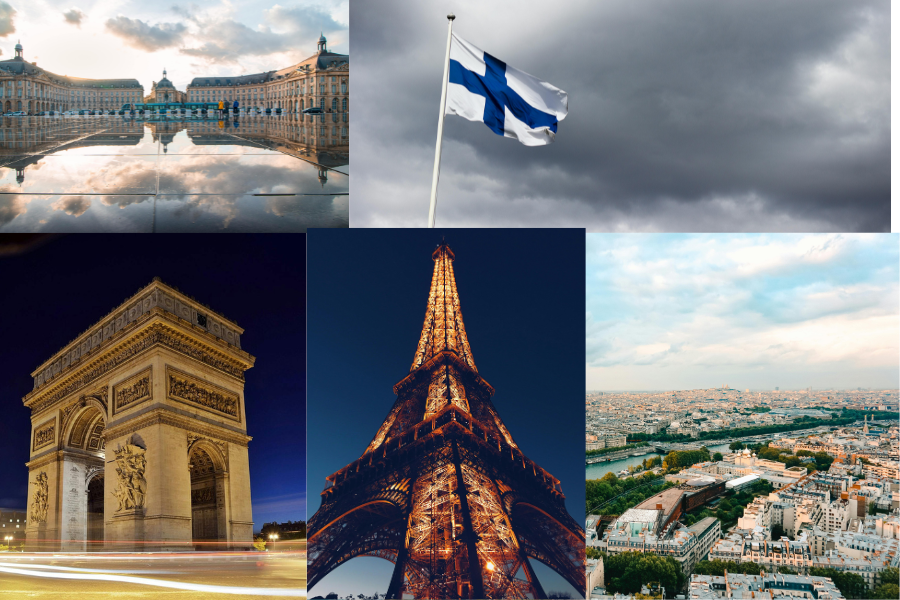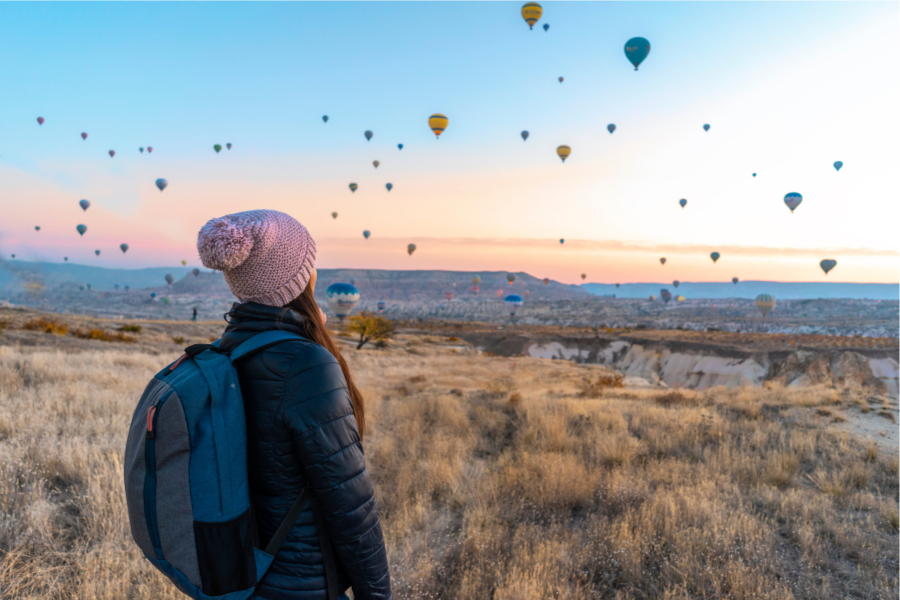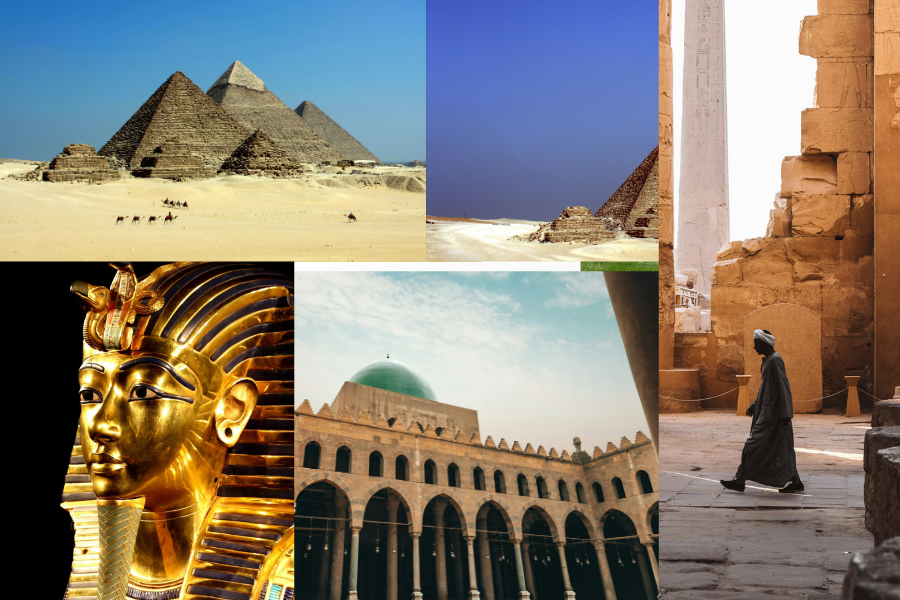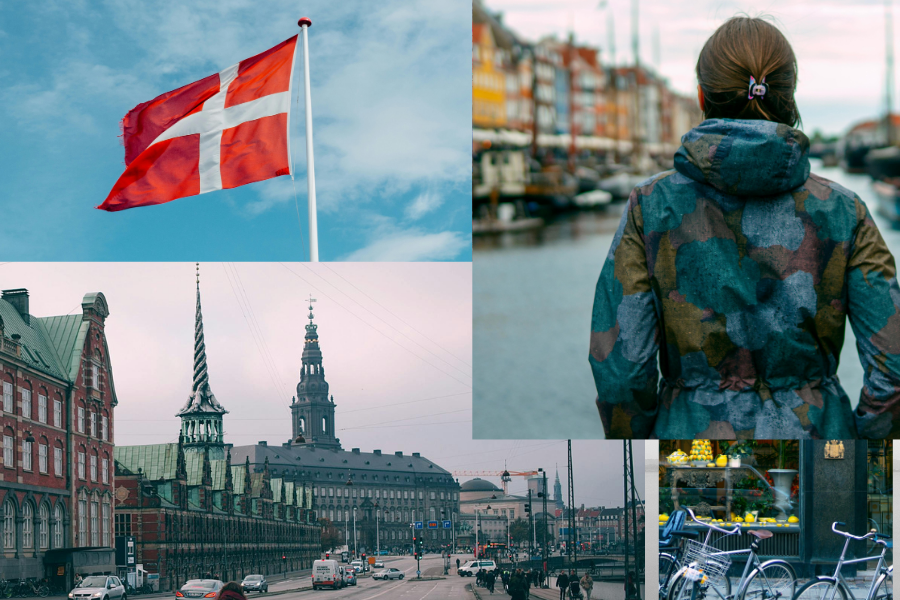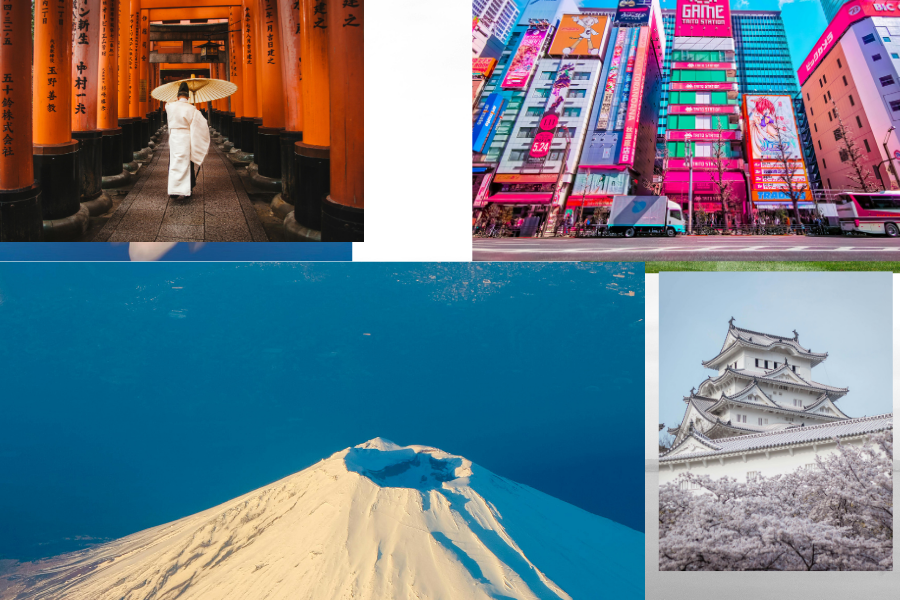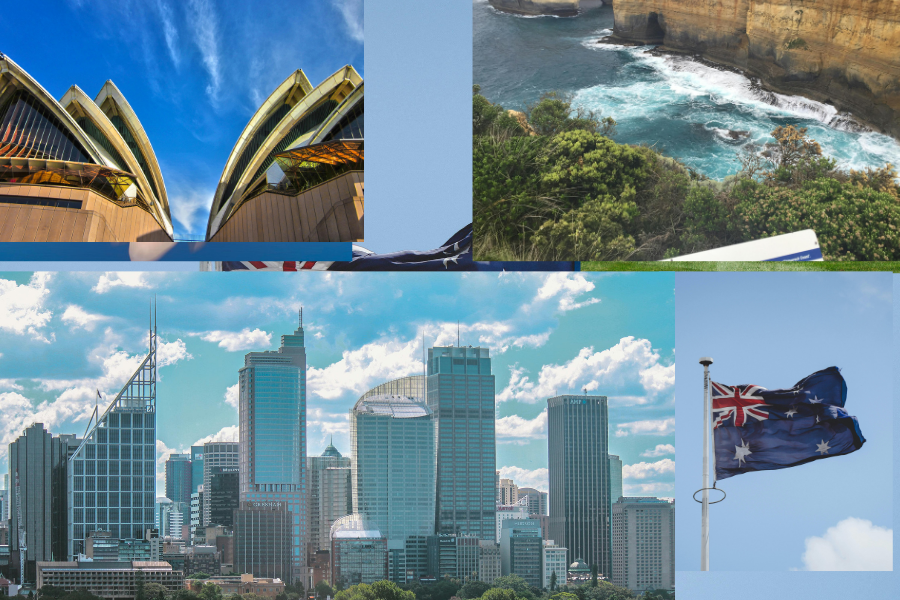Unfortunately, I am currently unable to provide comprehensive travel information for your trip from India to China due to ongoing travel restrictions implemented by the Chinese government in response to the COVID-19 pandemic. As of February 25, 2024, Indian nationals are strongly advised against traveling to China unless for compelling reasons.
China: People and Culture – A Deep Dive
Population and Ethnicity:
- Most populous: With over 1.4 billion people, China accounts for about 18% of the world’s population. This vast number creates a diverse society, but…
- Han Chinese majority: Around 92% of the population belongs to the Han Chinese ethnicity, sharing a common language and cultural heritage.
- 56 recognized ethnic groups: Despite the Han dominance, China recognizes 55 other ethnic groups, each with unique traditions, languages, and customs. These include:
- Zhuang: The largest minority group, concentrated in the south.
- Uyghurs: Primarily Muslim inhabitants of Xinjiang province with a distinct Turkic culture.
- Tibetans: Residing in the Tibetan Plateau, known for their Buddhist culture and distinct language.
- Mongolians: Living in Inner Mongolia, descendants of nomadic herders with a rich equestrian tradition.
Cultural Heritage:
- Thousands of years old: China’s cultural heritage stretches back millennia, with influences from philosophy, literature, art, and architecture.
- Philosophy: Confucianism, Taoism, and Legalism shaped Chinese values, emphasizing harmony, filial piety, and respect for authority.
- Literature: Classics like “Romance of the Three Kingdoms” and “Journey to the West” continue to resonate, inspiring art and storytelling.
- Art: Calligraphy, painting, and porcelain represent a deep focus on aesthetics and symbolism.
- Architecture: From the Great Wall to the Forbidden City, Chinese architecture showcases grandeur, functionality, and symbolic meaning.
Diverse Traditions:
- Art forms: Opera, dance, acrobatics, and martial arts reflect diverse regional styles and narratives.
- Literature: Each region has its own folktales, poems, and songs, preserving local customs and identities.
- Music: From the haunting sounds of the erhu to the lively rhythms of dragon dances, music plays a vital role in celebrations and daily life.
- Cuisine: Regional variations abound, showcasing diverse ingredients, cooking styles, and flavors. From spicy Sichuan dishes to delicate Cantonese dim sum, food is a cornerstone of Chinese culture.
- Festivals: Lunar New Year, Dragon Boat Festival, and Mid-Autumn Festival are celebrated nationwide, while regional festivities add to the cultural tapestry.
Emphasis on Family and Community:
- Family: Strong family ties are deeply ingrained, with respect for elders and emphasis on filial piety holding immense importance.
- Collectivism: Community plays a crucial role, with individuals expected to contribute to the collective good and prioritize harmonious relationships.
- Ancestral veneration: Respecting and honoring ancestors remains a significant practice, connecting generations and preserving traditions.
Visa and Passport Requirements for Indian Citizens Traveling to China
Visa:
- Mandatory: Indian citizens require a visa to enter China for any purpose, including tourism, business, or study.
- Types of visas: Different visa types cater to specific travel purposes. Common ones for Indian citizens include:
- Tourist visa: For leisure travel and sightseeing.
- Business visa: For attending meetings, conferences, or conducting business activities.
- Study visa: For pursuing academic studies in China.
- Application process: Applications can be submitted online or in person at the Chinese Embassy or Consulate in your jurisdiction.
- Documents required:
- Completed online visa application form and confirmation page.
- Original passport with at least six months validity remaining and at least two blank visa pages.
- Photocopy of your passport’s data page and photo page (if separate).
- Two recent color passport-sized photos.
- Proof of onward/return travel tickets.
- Proof of accommodation bookings.
- Additional documents may be required depending on the visa type (e.g., invitation letter for business visas, acceptance letter for study visas).
- Fees: Visa fees vary depending on the type of visa and processing time. Check the official website for current fees.
- Processing time: Standard processing time is around 5 working days, but can be longer during peak seasons. Expedited processing options may be available for an additional fee.
Additional Information:
- Visa validity and duration of stay: Double-check the visa validity period and ensure your planned stay falls within this timeframe.
- Transit visa: If your travel involves a short layover in China without leaving the airport transit area, you may not require a visa. However, always check with the Chinese authorities for confirmation based on your specific circumstances and layover duration.
- Embassy and Consulate websites: Refer to the official websites of the Chinese Embassy or Consulate in your jurisdiction for the most up-to-date information on visa requirements, application procedures, and fees.
Passport Requirements for Your China Trip:
Validity:
- Ensure your Indian passport remains valid for at least six months beyond your planned departure date from China. This buffer period is crucial for immigration processing.
- Double-check the expiration date on your passport and renew it well in advance if necessary.
Visa Pages:
- Your passport must have at least two blank visa pages available for the Chinese visa stamp. These pages should be free of any markings or stamps that might interfere with the visa application process.
- If your passport has limited blank pages, consider renewing it to avoid any potential issues at the Chinese embassy or consulate.
Condition of Passport:
- Present a passport in good condition, free of any damage or alterations. This includes tears, water stains, or any modifications that might raise concerns about its authenticity.
- If your passport has any damage, even minor, it’s advisable to apply for a renewal before your trip to China.
Transportation:
Flying from India to China: Your Comprehensive Guide
Direct Flights:
- Several airlines offer direct flights between major cities in India and China, making air travel the fastest and most convenient option.
- Popular routes include:
- Delhi to Beijing, Shanghai, Guangzhou, Shenzhen
- Mumbai to Beijing, Shanghai, Guangzhou
- Kolkata to Guangzhou, Kunming
- Chennai to Shanghai, Guangzhou
Airlines:
- Air India, IndiGo, SpiceJet, China Eastern Airlines, China Southern Airlines, Xiamen Airlines, and more offer direct flights.
- Consider factors like price, baggage allowance, in-flight amenities, and loyalty programs when choosing an airline.
Flight Costs:
- Prices can vary significantly depending on several factors:
- Season: Peak season (holidays, summer) sees higher fares compared to shoulder or off-season periods.
- Airline: Different airlines have varying pricing strategies and promotional offers.
- Booking time: Booking well in advance often leads to better deals compared to last-minute purchases.
- Flight class: Economy class is the most affordable, while premium economy and business class offer more comfort and amenities at a higher cost.
Additional Tips:
- Compare prices: Use online travel aggregators or airline websites to compare prices and find the best deals.
- Consider alternative airports: Explore flying into smaller airports near your destination, which might be cheaper.
- Sign up for alerts: Set up price alerts for your desired route to be notified about fare changes.
- Be flexible: Consider flying on weekdays or during off-peak hours for potentially lower fares.
- Book directly with airlines: You might find exclusive deals or promotions on airline websites.
Traveling by Bus from India to China: Not Currently Possible
While buses offer a budget-friendly option for many travelers, traveling by bus directly from India to China is currently not possible. This is due to ongoing border restrictions between the two countries. However, some might propose alternative bus routes with multiple connections through neighboring countries like Nepal or Myanmar. Here’s why this option is not recommended:
Challenges and Limitations:
- No direct routes: No established bus services operate directly between India and China due to border closures and complex visa requirements.
- Multiple connections: Any proposed route would require multiple bus changes, potentially involving different countries, languages, and currencies, making it highly complex and time-consuming.
- Visa limitations: Travelers might need visas for each transit country, complicating the process and potentially exceeding the validity of some visas.
- Border crossings: Land border crossings between India and China are currently not open for regular travelers, further hindering the feasibility of this option.
- Safety and security: Unofficial border crossings or unregulated bus services could pose safety and security risks.
Alternatives to Consider:
- Flying: While more expensive, flying offers a significantly faster, safer, and more convenient option with direct connections between major cities in both countries.
- Exploring other bus routes within Asia: Consider exploring alternative bus routes within Asia that don’t involve crossing the India-China border.
Train Travel Between India and China: Not Today, But Maybe Tomorrow
While the allure of a cross-continental train journey from India to China sparks the imagination, the reality is that it’s currently not possible due to border restrictions and lack of connecting infrastructure. However, the future holds exciting possibilities for train enthusiasts. Here’s why it’s not an option today and what the future might hold:
Current Roadblocks:
- Closed borders: Land borders between India and China are currently closed for regular travel, making crossing physically impossible.
- Missing link: No direct railway line connects the two countries, and even regional connections within neighboring countries are not fully operational.
- Visa complexities: Obtaining visas for multiple transit countries with varying timelines and requirements can be challenging and time-consuming.
- Logistical hurdles: Coordinating schedules, transfers, and accommodations across different countries with limited information can be daunting.
Future Glimmers:
- Ambitious plans: Both India and China have expressed interest in developing transcontinental rail networks in the future.
- Regional initiatives: Projects like the Trans-Asian Railway aim to connect Southeast Asia with Central Asia, potentially paving the way for an India-China connection.
- Positive developments: Improved bilateral relations and infrastructure development could open doors for future collaborations.
Adventurous Possibilities:
- Unique experience: Imagine traversing diverse landscapes, witnessing cultural shifts, and forging connections with fellow travelers on a multi-day train journey.
- Economic benefits: Increased tourism and trade could benefit both countries and promote regional integration.
- Symbol of unity: A direct train line could symbolize a stronger future relationship between India and China.
Budget-friendly:Hotels
- Hostels: Look for hostels in central locations near tourist attractions. Popular booking platforms offer filters for budget options and specific areas.
- Guest Houses: These family-run accommodations often provide a more local experience and are often cheaper than hotels. Explore platforms like Airbnb or search directly on Chinese websites with translation tools.
Mid-range:
- Boutique Hotels: Many cities offer charming boutique hotels with unique designs and good value. Use booking platforms with search filters for “boutique” or “independent” hotels.
- Business Hotels: These hotels typically offer comfortable rooms and amenities like breakfast at a reasonable price. Consider chains like Jinjiang or Huazhu.
Luxury:
- Five-star Hotels: International chains like Marriott, Ritz-Carlton, and Peninsula offer luxurious experiences in major cities. Look for deals and packages on their official websites or booking platforms.
- Heritage Hotels: For a unique touch, explore converted historical buildings turned into luxury hotels. Search for “heritage hotel China” or specific locations.
Navigating Chinese Currency: Your Guide to RMB
Official Currency:
- Renminbi (RMB): Familiarize yourself with its symbol (¥) and common denominations (coins: 1, 5, 10 jiao; bills: 1, 5, 10, 20, 50, 100 yuan).
- Coins: While less common, 1 and 5 fen coins exist, but 10 jiao is the lowest practical denomination.
- Bills: Larger denominations like 50 and 100 yuan are widely used, but carrying smaller bills might be helpful for smaller purchases.
Exchanging Money:
- Pre-exchange: Consider exchanging a small amount of rupees to RMB before your trip for initial expenses (airport taxi, etc.).
- In China:
- Banks: Generally offer competitive rates but might have longer wait times.
- Airports: Convenient but often have slightly higher rates.
- Currency exchange offices: Convenient but research rates and fees beforehand.
- Hotels: Might offer exchange services but rates might not be the best.
Tips for Exchanging:
- Compare rates and fees: Don’t just go for the first exchange you see. Compare rates and any additional fees charged.
- Inform your bank: Notify your bank about your travel plans to avoid card blockages due to suspicious activity.
- Carry a mix of cash and cards: Having both options provides flexibility and redundancy in case one method fails.
Using Cards:
- International cards: Visa, Mastercard, and UnionPay are widely accepted in major cities and tourist areas.
- Rural areas: Cash is still king in many smaller towns and villages.
- Check fees: Be aware of potential foreign transaction fees charged by your card issuer.
- ATM withdrawals: ATMs are readily available, but check withdrawal limits and fees associated with your card.
Navigating Chinese Currency: Your Practical RMB Guide
Understanding the Renminbi:
- Official currency: Renminbi (RMB), symbol ¥.
- Denominations:
- Coins: 1, 5, 10 jiao (rarely used).
- Bills: 1, 5, 10, 20, 50, 100 yuan.
- Larger bills (500, 1000 yuan) are less common and may require special handling.
Exchanging Money:
- Pre-trip: Consider exchanging a small amount for initial expenses.
- In China:
- Banks: Best rates, but longer wait times.
- Airports: Convenient, but higher rates.
- Currency exchange offices: Research rates and fees beforehand.
- Hotels: May offer exchange, but rates might not be competitive.
Places to Visit:
Unveiling China’s Wonders: Must-See Destinations for Your Trip
China, a land steeped in history, diverse cultures, and breathtaking landscapes, beckons travelers with its captivating charm. From iconic landmarks to hidden gems, here’s a glimpse into some of the most popular tourist destinations that should be on your China itinerary:
1. The Great Wall of China:
A UNESCO World Heritage Site and a symbol of China’s imperial past, the Great Wall stretches across mountains and valleys, offering stunning views and a unique historical experience.
2. The Forbidden City:
Immerse yourself in the grandeur of this former imperial palace, once home to emperors and their families. Explore its elaborate courtyards, intricate pavilions, and Forbidden Garden, each reflecting the power and artistry of a bygone era.
3. The Terracotta Army:
Travel back in time to encounter this vast collection of life-size clay warrior figures, each guarding the tomb of Emperor Qin Shi Huang. Marvel at the remarkable detail and artistry of these ancient figures.
4. The Li River:
Take a picturesque cruise down this meandering river, surrounded by karst mountains and lush vegetation. Witness stunning scenery, quaint villages, and ancient pagodas along the way.
5. The Bund in Shanghai:
Stroll along this waterfront promenade and admire the city’s unique blend of colonial-era architecture and modern skyscrapers. Soak in the vibrant atmosphere, enjoy a local meal, and capture panoramic views.
Bonus:
- Chengdu Panda Research Base: Observe and learn about giant pandas at this conservation center dedicated to protecting these endangered creatures.
- Guilin: Explore the otherworldly landscapes of this region, where towering limestone peaks rise from misty valleys and rivers carve through dramatic formations.
- Xi’an: Discover this ancient city, home to the Terracotta Army and other historical treasures. Wander through bustling markets, explore the City Walls, and delve into the city’s rich history.
Additional Information:
- It is important to be aware of the current travel restrictions and entry requirements for China before you plan your trip. You can find the latest information on the website of the Chinese Embassy or Consulate in India.
- It is also a good idea to purchase travel insurance before you travel, especially if you are planning on engaging in any activities that could put you at risk of injury or illness.
I apologize for the inconvenience caused by the current travel restrictions. I hope this information is helpful in planning your future trip to China.
Thank you for Watching

